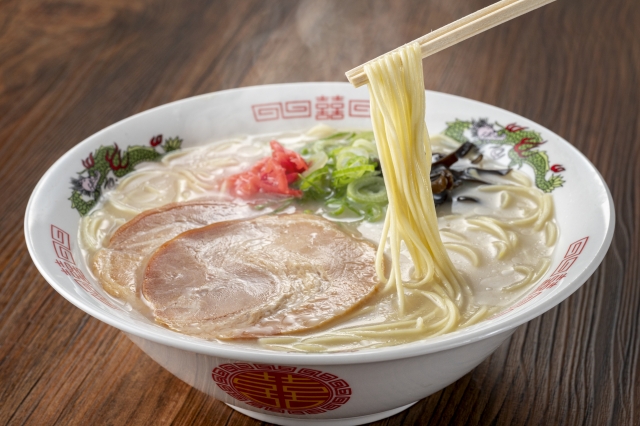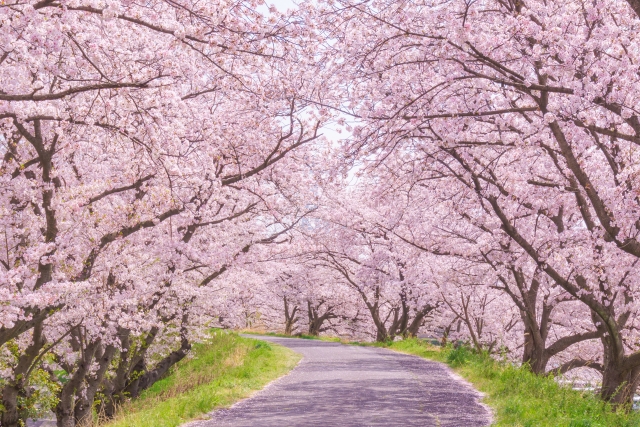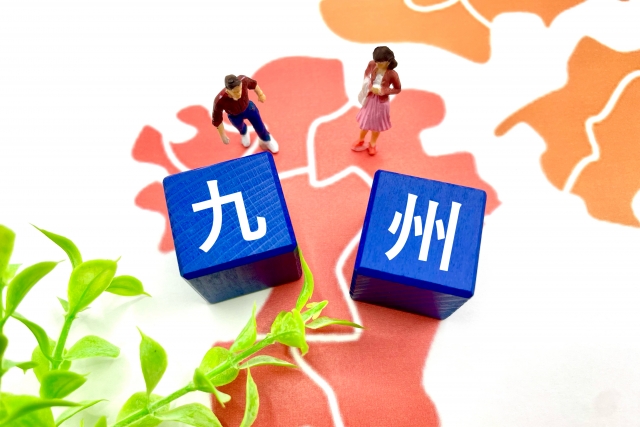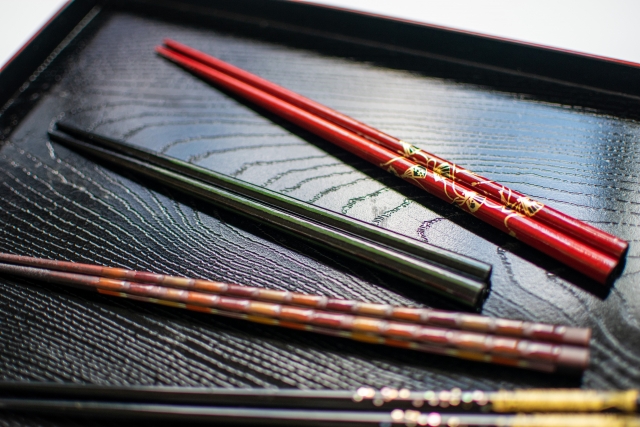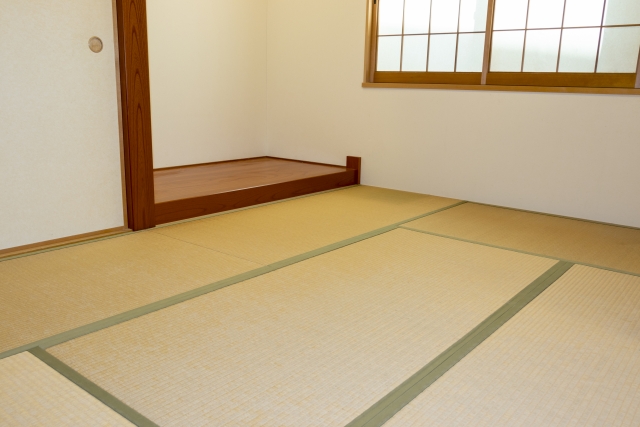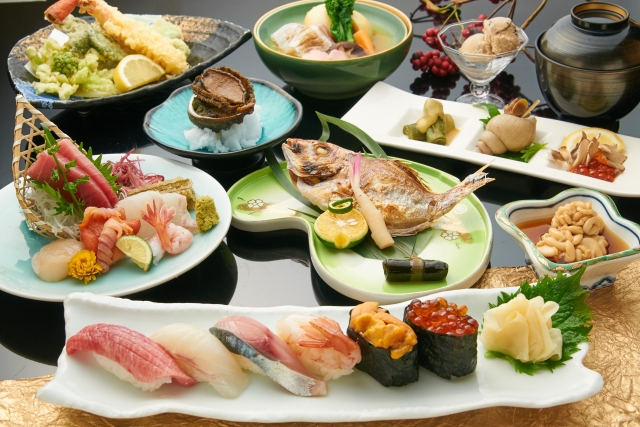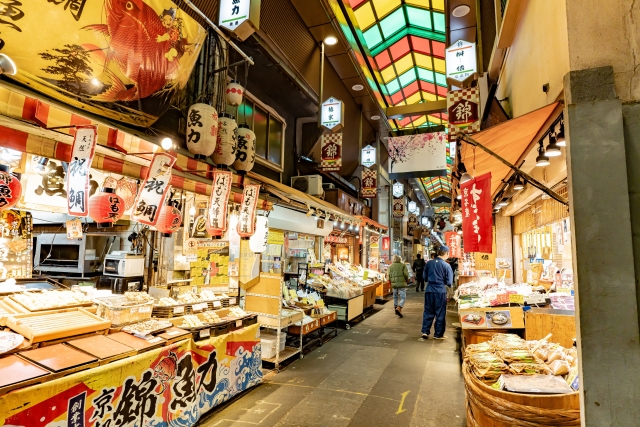“Where is gyoza from?” Many people may answer that it is a Japanese dish. Gyoza is served as a standard side dish at ramen shops, which represent Japanese cuisine, and can be found at specialty restaurants and pubs everywhere. That shows how much gyoza is loved and eaten in Japan. The name gyoza is a Japanese name, although it did not originate in Japan, so it is not surprising that people reading this article who search for gyoza may misunderstand it.
It is said that gyoza, which represents Japan, originated in China. Learning about the history and culture of a food makes that food taste even better, so let’s learn from the history of gyoza and enjoy Japanese gyoza in a more delicious way.
 Baked dumplings are the mainstream.
Baked dumplings are the mainstream.
 Wontons are another category of dumplings.
They are made by wrapping the ingredients in a flour skin, and are therefore in the same category as gyoza.
Wontons are another category of dumplings.
They are made by wrapping the ingredients in a flour skin, and are therefore in the same category as gyoza.
 This is a dish of meat, tofu, or kimchi wrapped in a skin.
It can be baked, steamed, or made into a soup, and there are many ways to make it.
This is a dish of meat, tofu, or kimchi wrapped in a skin.
It can be baked, steamed, or made into a soup, and there are many ways to make it.
 Baked dumplings filled with meat and chives.
In Taiwan, steamed dumplings, boiled dumplings, and baked dumplings with crispy skin are also widely loved.
Baked dumplings filled with meat and chives.
In Taiwan, steamed dumplings, boiled dumplings, and baked dumplings with crispy skin are also widely loved.
 Meat and vegetables are wrapped in a flour skin in a drawstring shape. It is a steamed dumpling that looks just like a soup dumpling .
Meat and vegetables are wrapped in a flour skin in a drawstring shape. It is a steamed dumpling that looks just like a soup dumpling .
 Deep-fried dumplings wrapped with minced meat and potatoes.
They look more like a snack than a dumpling.
Deep-fried dumplings wrapped with minced meat and potatoes.
They look more like a snack than a dumpling.
 Small-sized boiled dumplings with lamb wrapped in a skin.
They are eaten with tomato sauce or yogurt sauce.
Small-sized boiled dumplings with lamb wrapped in a skin.
They are eaten with tomato sauce or yogurt sauce.
 It may seem strange to be in the gyoza category, but it is an Italian dish derived from Chinese dumplings.
It is usually served with tomato sauce or cream sauce on top.
You can easily order them at Italian restaurants, so I’m sure there are many people who have eaten them before.
It may seem strange to be in the gyoza category, but it is an Italian dish derived from Chinese dumplings.
It is usually served with tomato sauce or cream sauce on top.
You can easily order them at Italian restaurants, so I’m sure there are many people who have eaten them before.
 This is a local dish from southern Germany.
It is a European-style boiled dumpling made of pasta dough stuffed with meat, spinach, breadcrumbs, and onions.
This is a local dish from southern Germany.
It is a European-style boiled dumpling made of pasta dough stuffed with meat, spinach, breadcrumbs, and onions.
 The Polish pierogi is similar to Japanese gyoza in appearance.
The skin is thick and chewy, and it is one of the national foods that is eaten either boiled or baked.
There are many variations including ground meat, vegetables, mashed potatoes and buckwheat seeds.
Unusually for dumplings, they are sometimes filled with fruit and eaten as a sweet.
The Polish pierogi is similar to Japanese gyoza in appearance.
The skin is thick and chewy, and it is one of the national foods that is eaten either boiled or baked.
There are many variations including ground meat, vegetables, mashed potatoes and buckwheat seeds.
Unusually for dumplings, they are sometimes filled with fruit and eaten as a sweet.
 This dish is very similar to xiaolongbao(soup dumpling), and the juices from the meat are delicious, but this is not a steamed dish, but a boiled dumpling.
This dish is very similar to xiaolongbao(soup dumpling), and the juices from the meat are delicious, but this is not a steamed dish, but a boiled dumpling.
 This is a typical Mongolian national dish made with ground lamb or beef as the main ingredient, wrapped in a skin and deep-fried.
They are eaten at street stalls, restaurants, and, of course, in homes on a daily basis.
This is a typical Mongolian national dish made with ground lamb or beef as the main ingredient, wrapped in a skin and deep-fried.
They are eaten at street stalls, restaurants, and, of course, in homes on a daily basis.
 Characteristics: A style of grilled gyoza served with shredded cabbage. It is common to arrange them in a circle and bake them.
Characteristics: A style of grilled gyoza served with shredded cabbage. It is common to arrange them in a circle and bake them.
 Features: Small bite-sized gyoza. It has a light texture and is easy to eat.
Features: Small bite-sized gyoza. It has a light texture and is easy to eat.
 Characteristics: Robust flavor with hints of garlic. Available at many stores.
Characteristics: Robust flavor with hints of garlic. Available at many stores.
 Characteristics: White gyoza has a round appearance and is made with a much thicker skin than regular gyoza.
Did you find your favorite dumpling?
Characteristics: White gyoza has a round appearance and is made with a much thicker skin than regular gyoza.
Did you find your favorite dumpling?
Contents
- Origin of dumpling food (history and origin)
- Gyoza Style in Japan
- Gyoza style differs from country to country
- America and Canada: Pierogies
- China: Jiaozi (dumplings)
- Japan: Gyoza
- Japan: Wonton
- Korea: Mandu
- Taiwan: Fried dumpling
- Nepal: Momo
- India: Samosa
- Uzbekistan: Manti
- Turkmenistan: Manti
- Turkey: Mantu
- Italy: Ravioli
- Germany: Maultaschen
- Poland: Pierogi
- Lithuania: Koldunai
- Belarus: Koldunai
- Russia: Perimeni
- Ukraine: Varenyyk
- Georgia: Hinkali
- Mongolia: Buuz / Banshee / khuushuur
- A brief introduction to regional gyoza in Japan
- Utsunomiya Gyoza (Utsunomiya City, Tochigi Prefecture)
- Hamamatsu Gyoza (Hamamatsu City, Shizuoka Prefecture)
- Hakata Gyoza (Fukuoka City, Fukuoka Prefecture)
- Osaka Gyoza (Osaka Prefecture)
- Miyazaki Gyoza (Miyazaki Prefecture)
- Sendai Gyoza (Sendai City, Miyagi Prefecture)
- Kyoto Gyoza (Kyoto Prefecture)
- Chiba Gyoza (Chiba Prefecture)
- The best way to eat dumplings
- lastly







